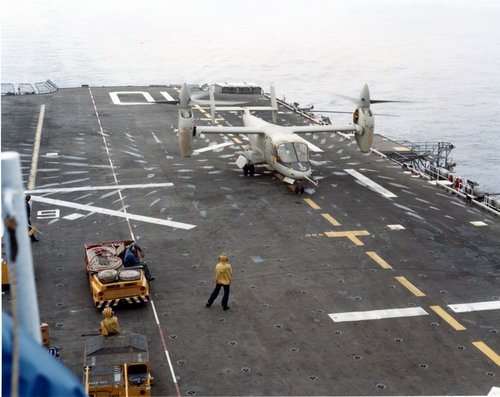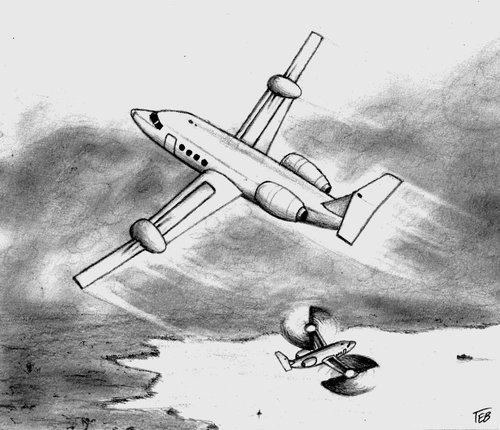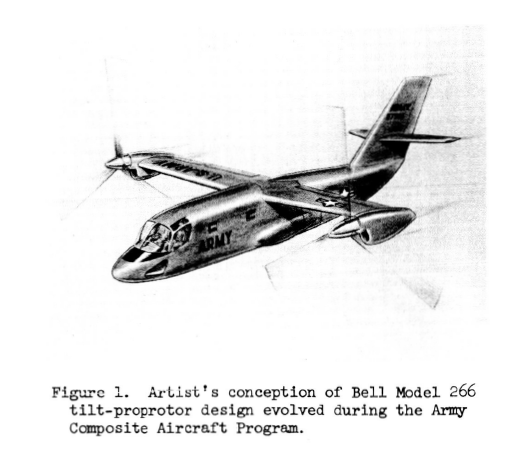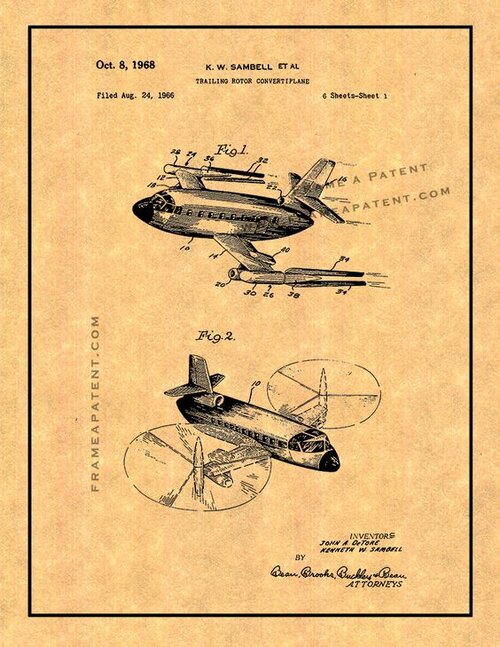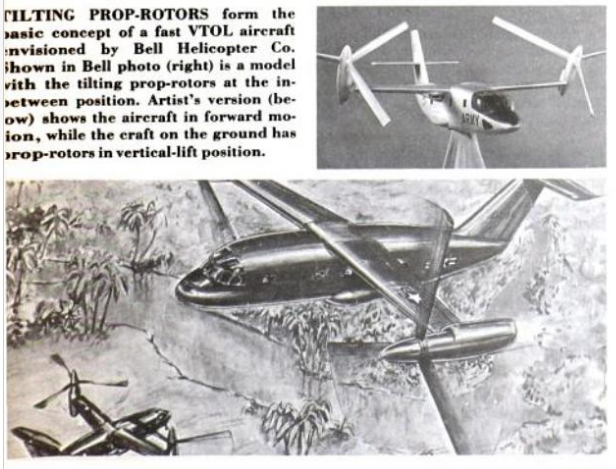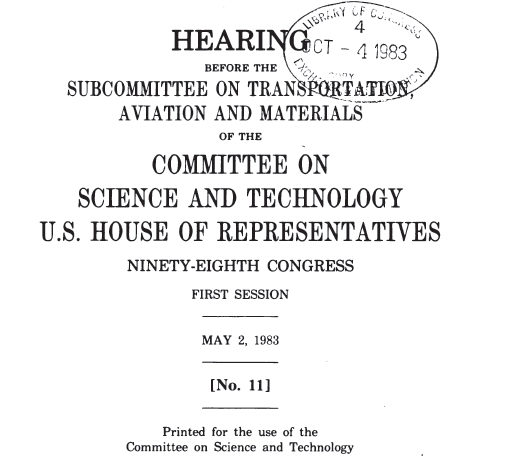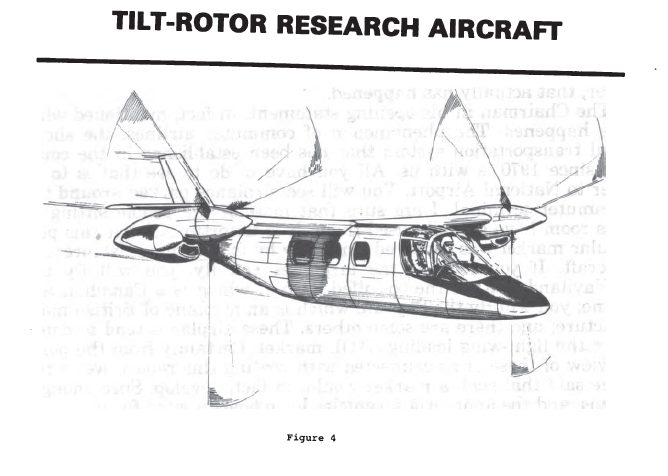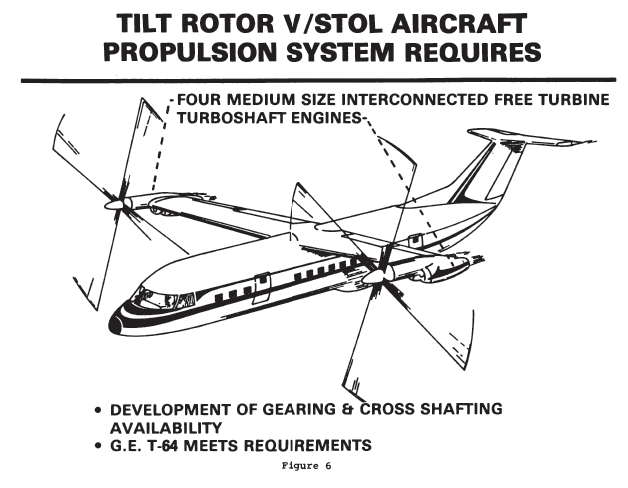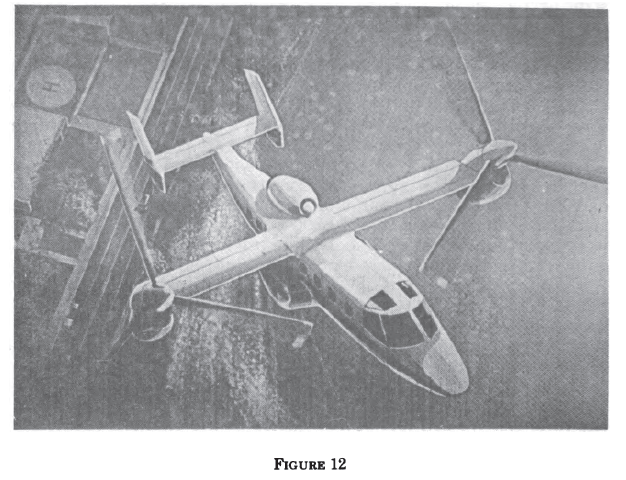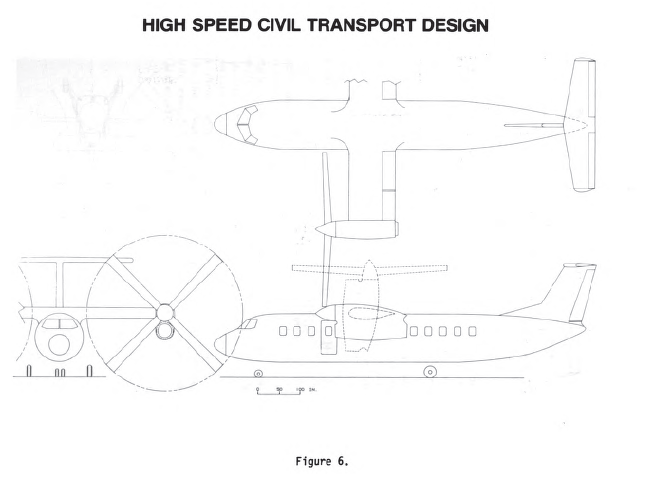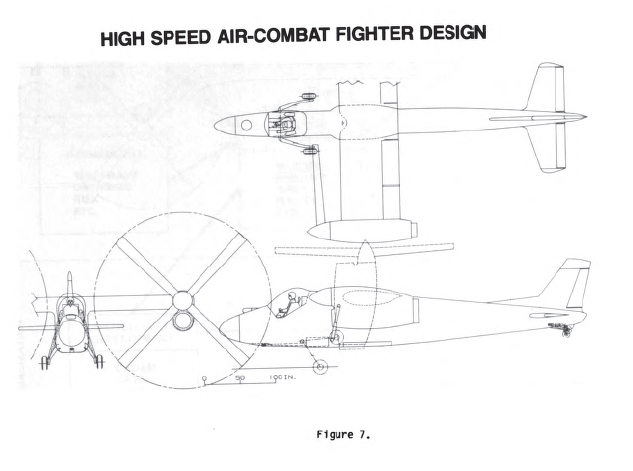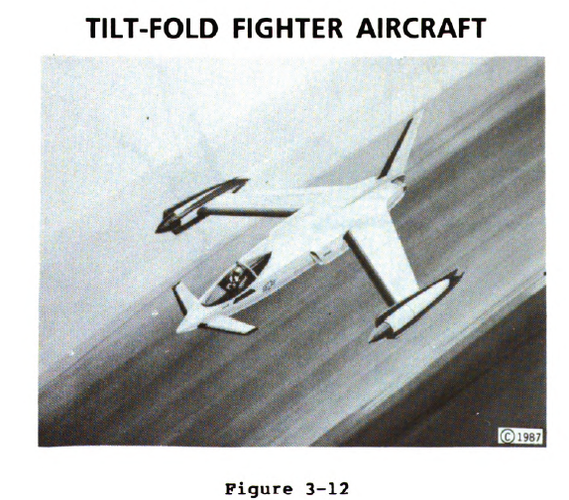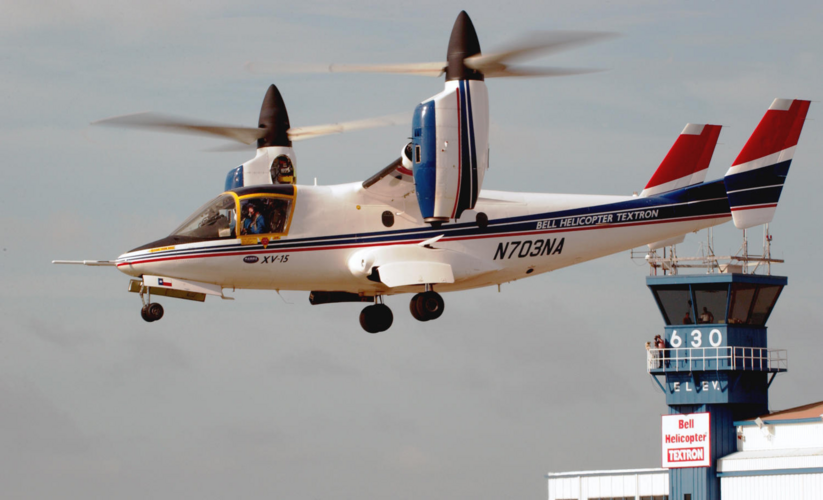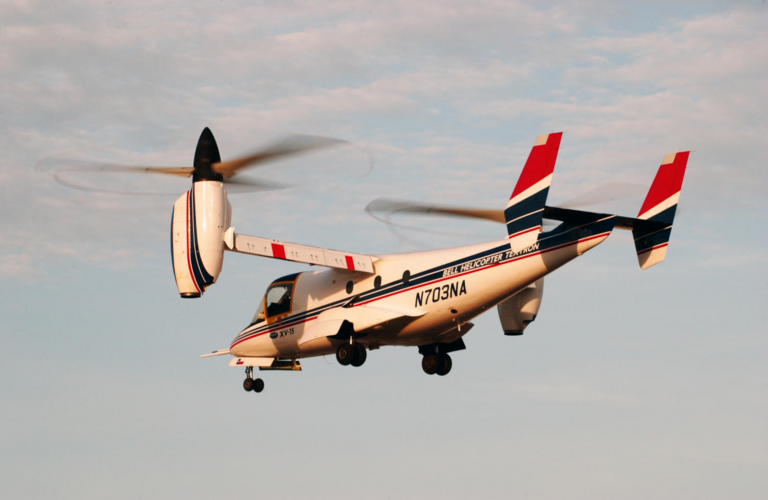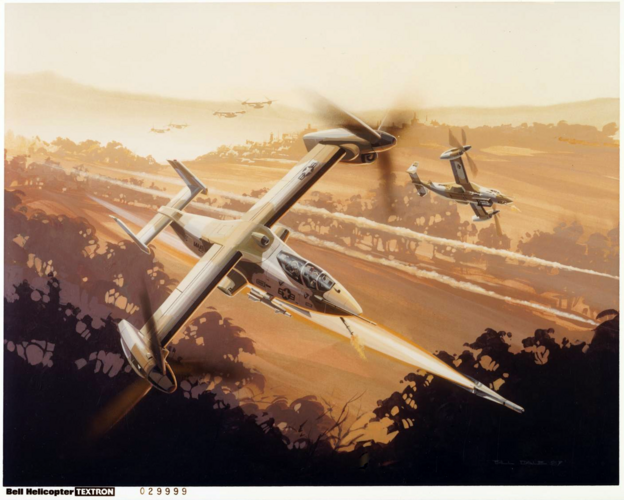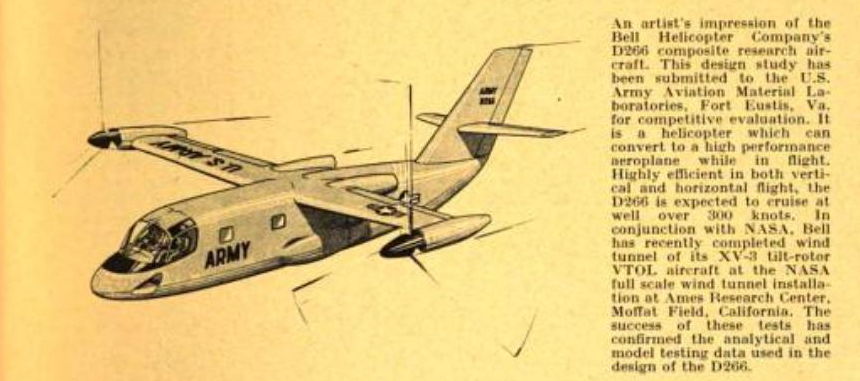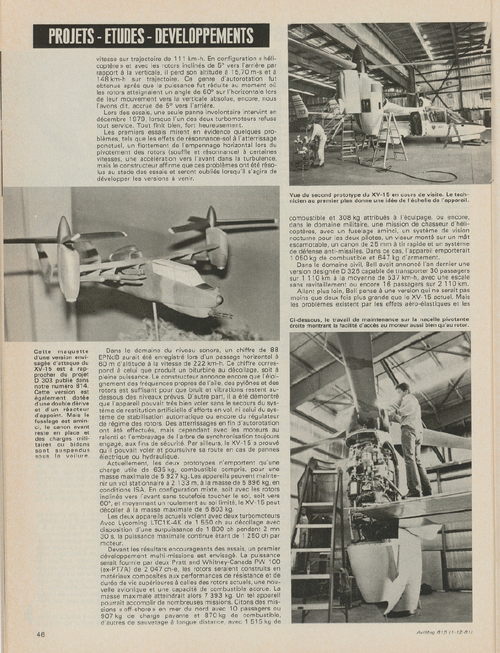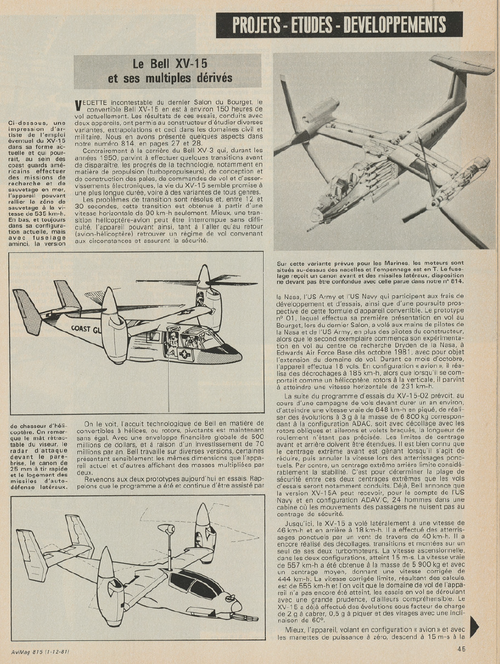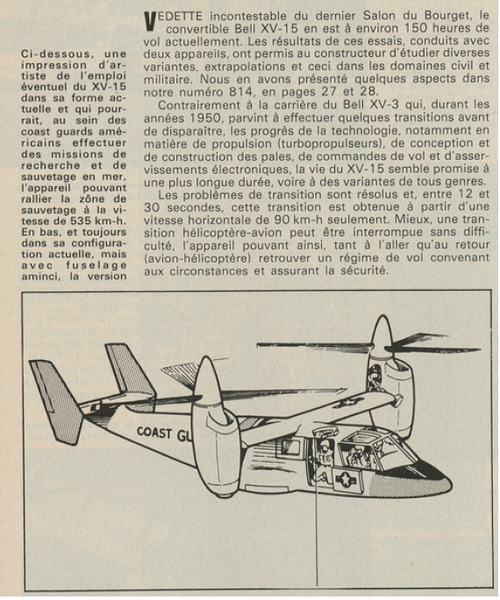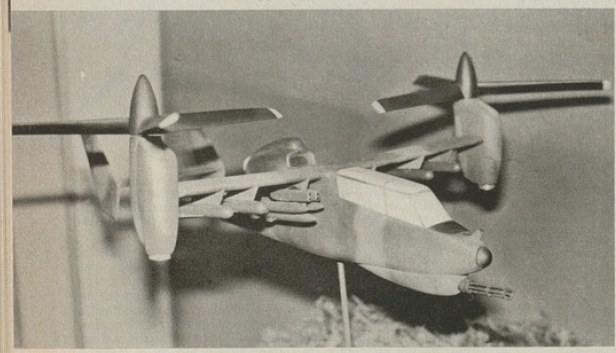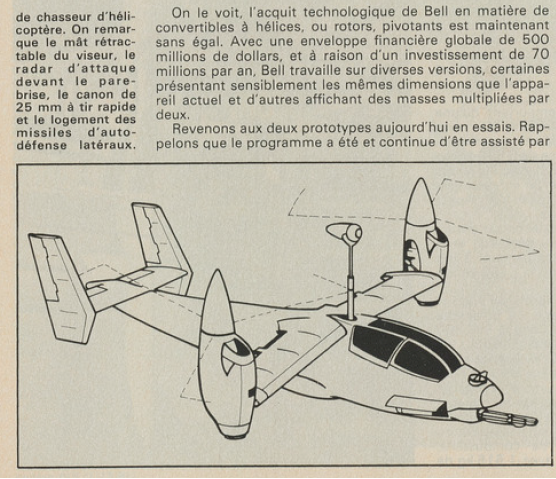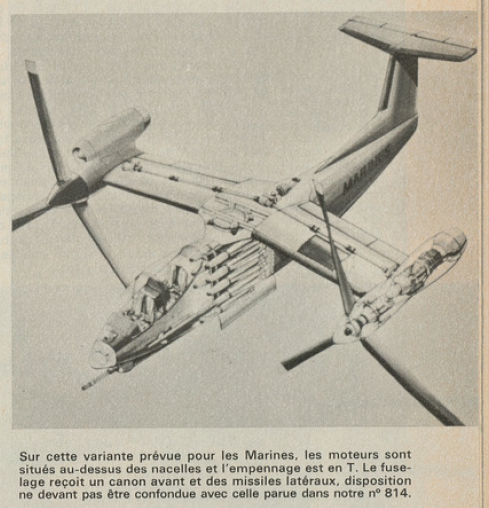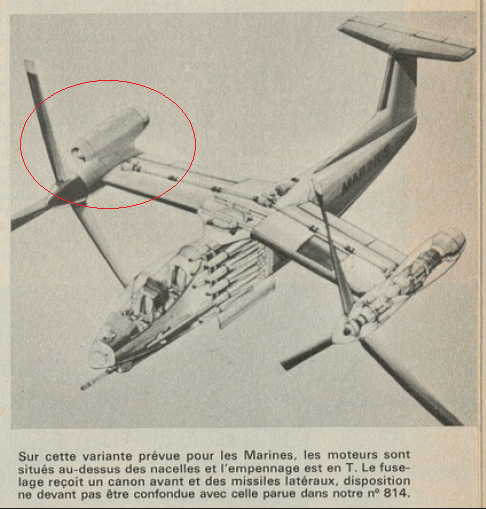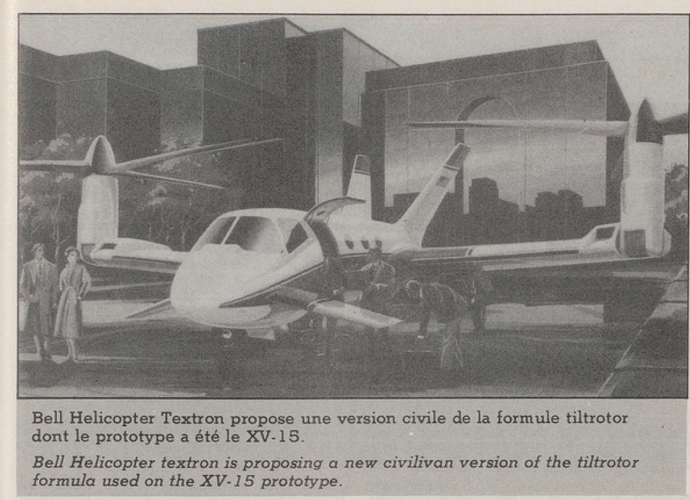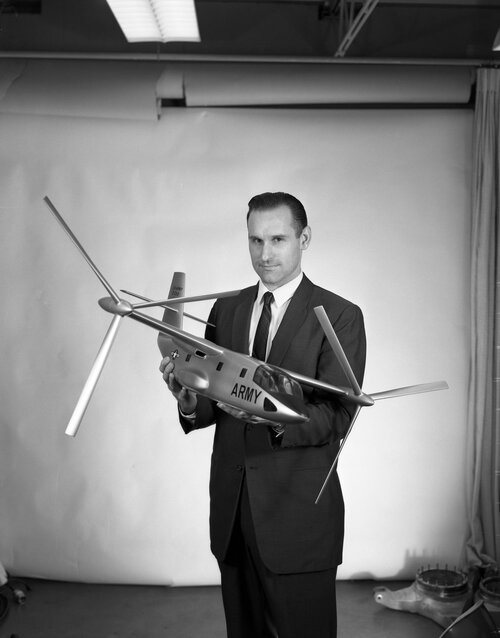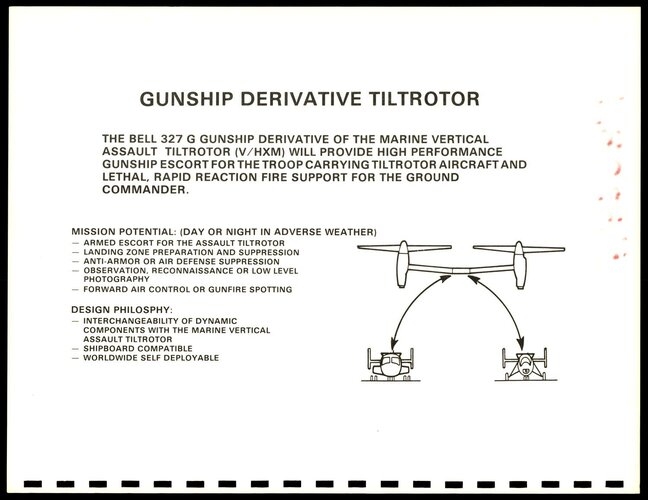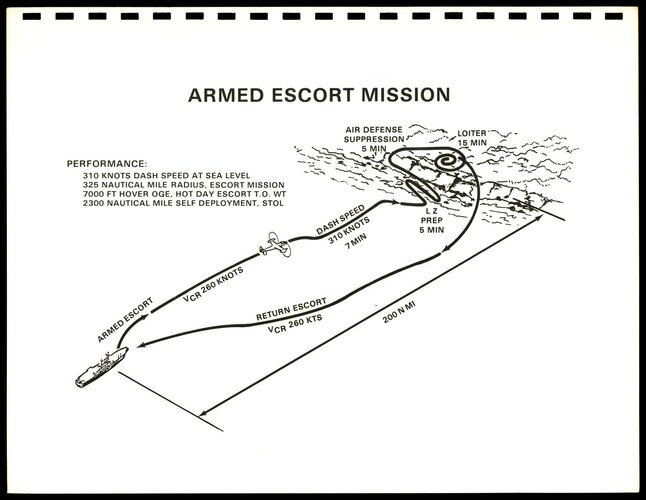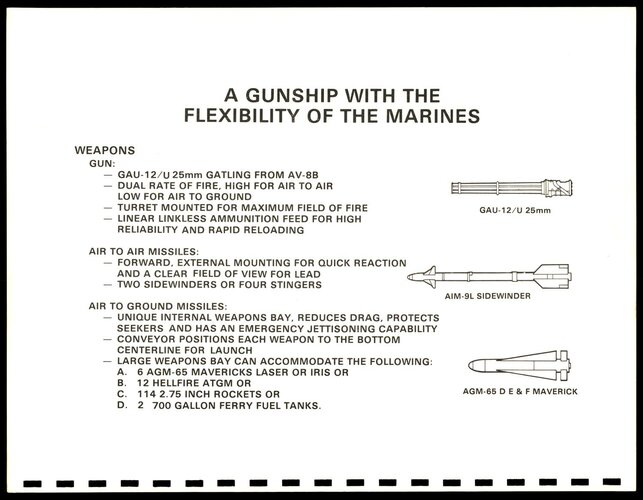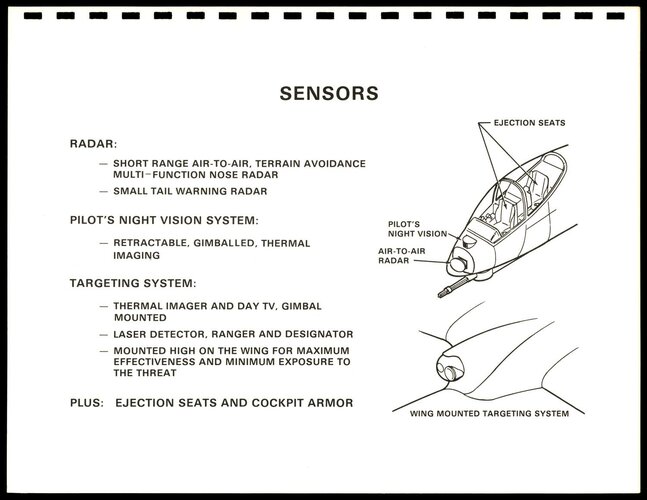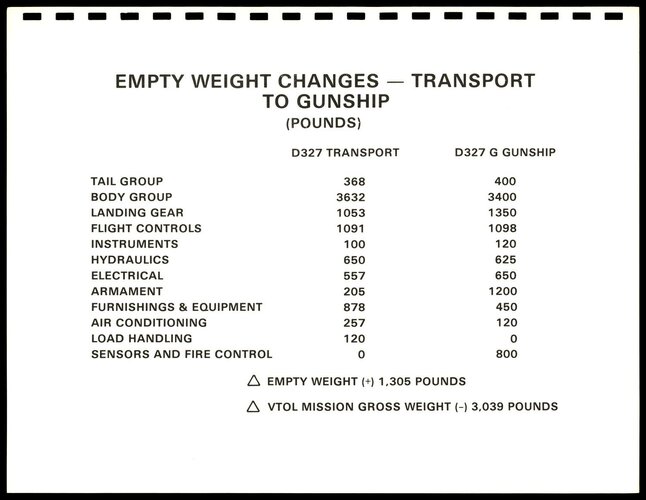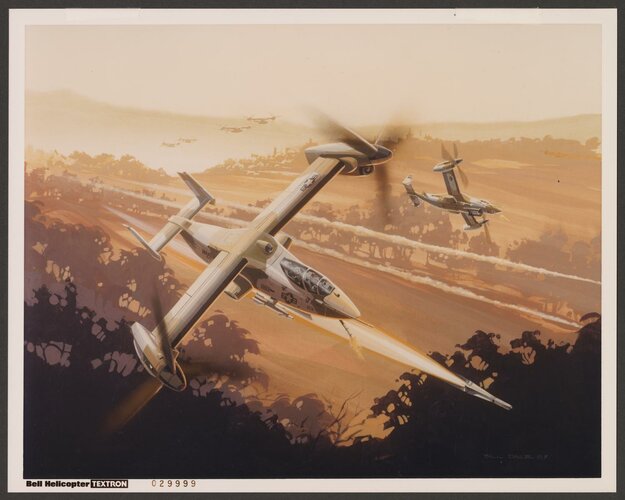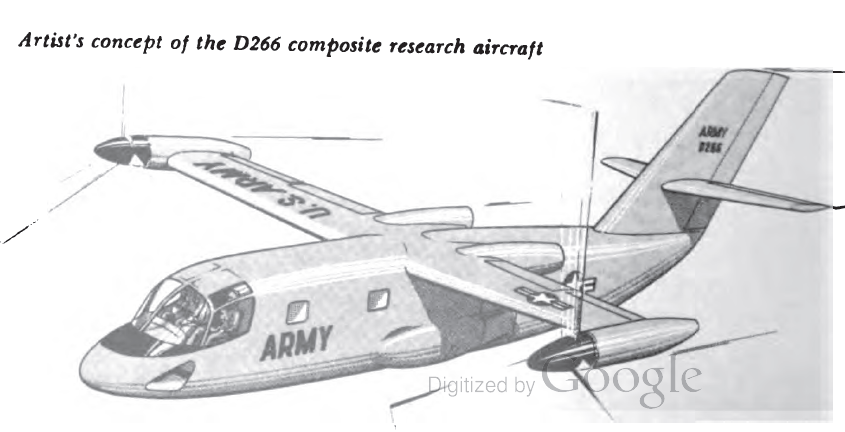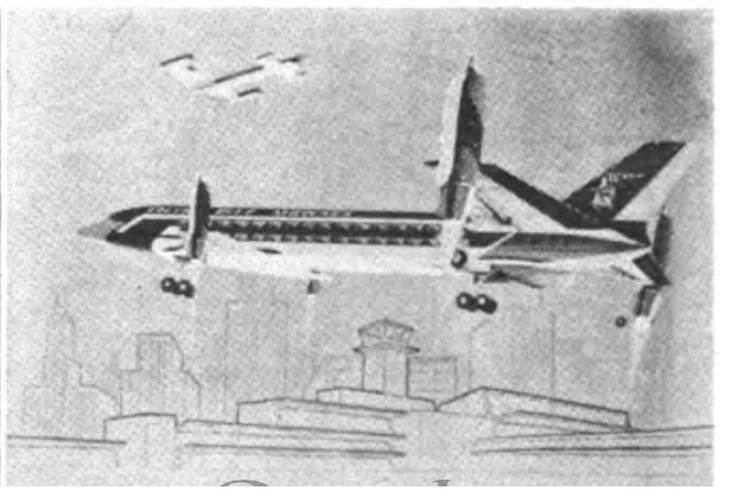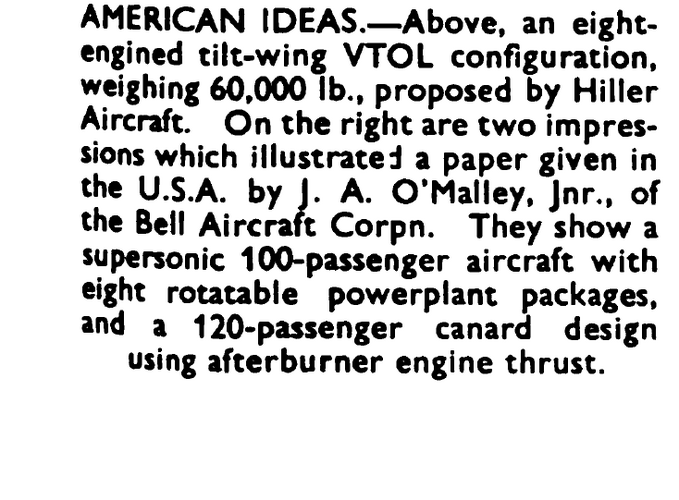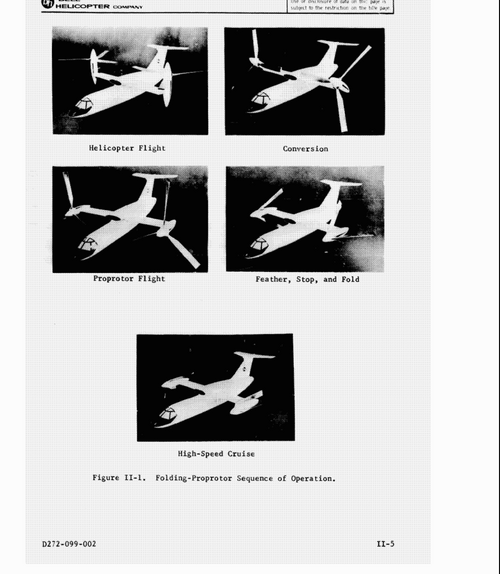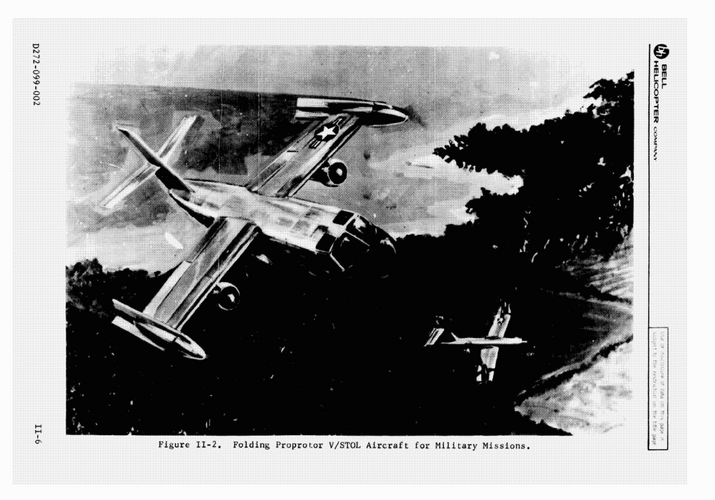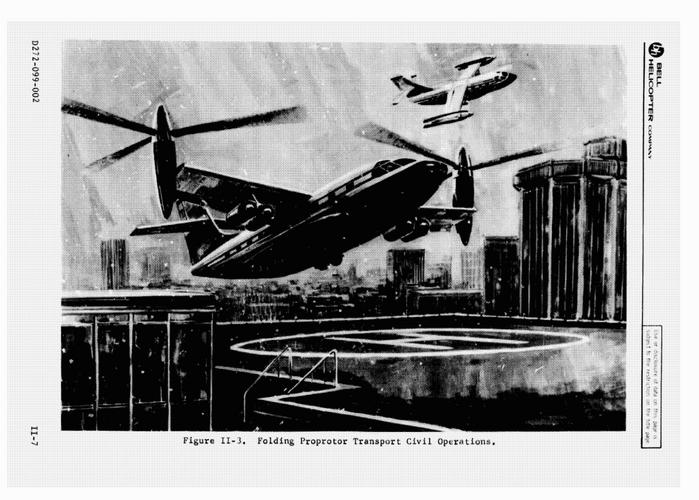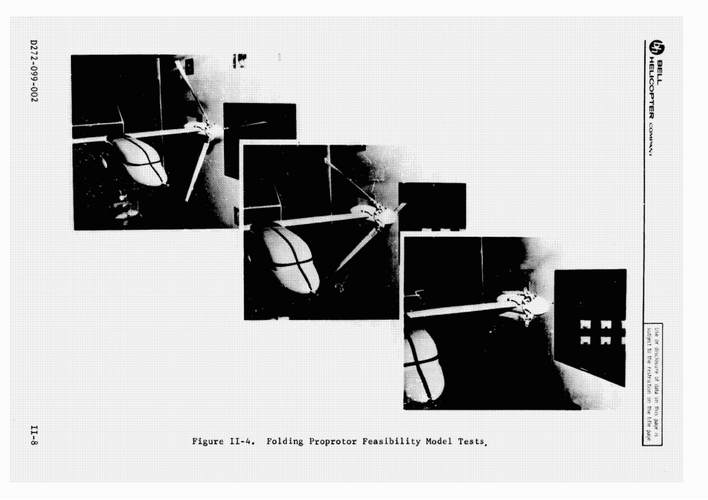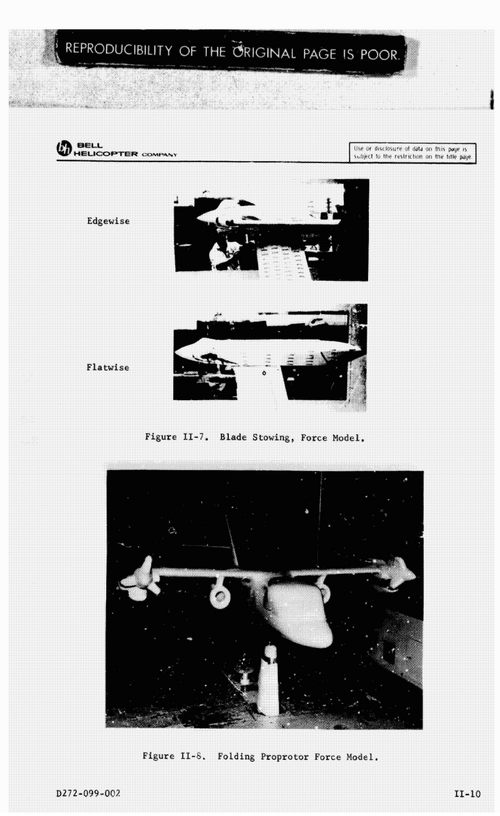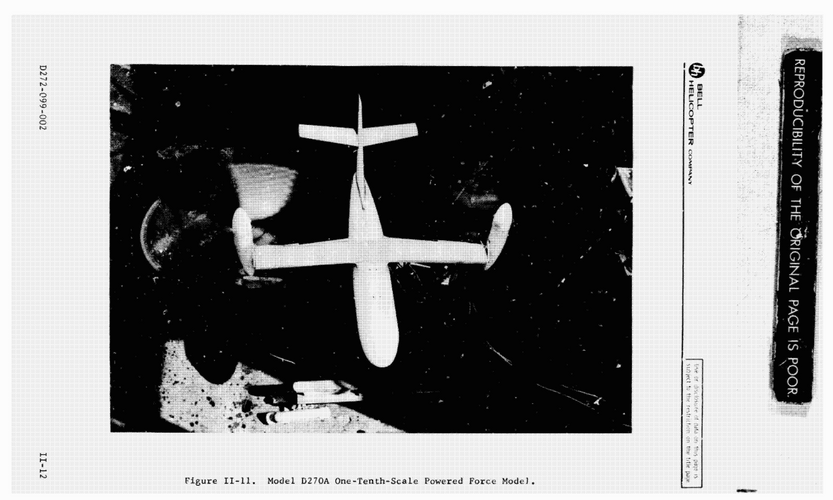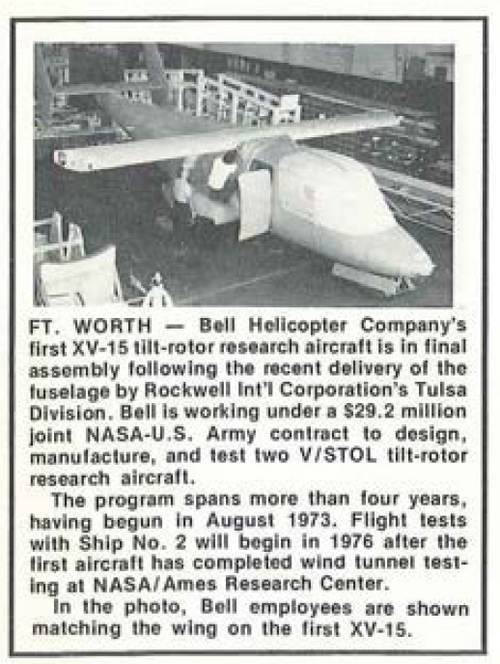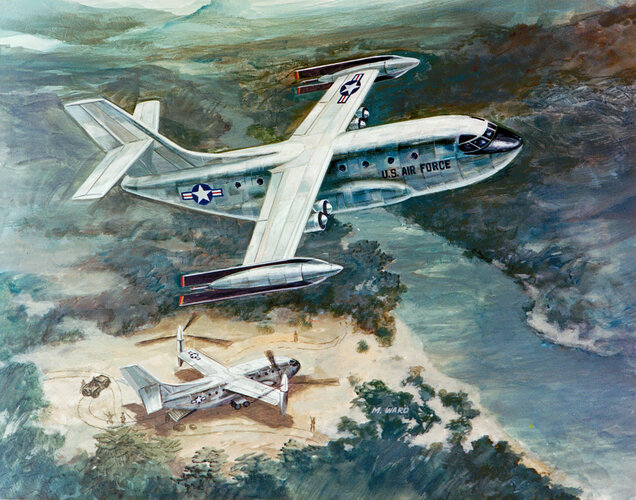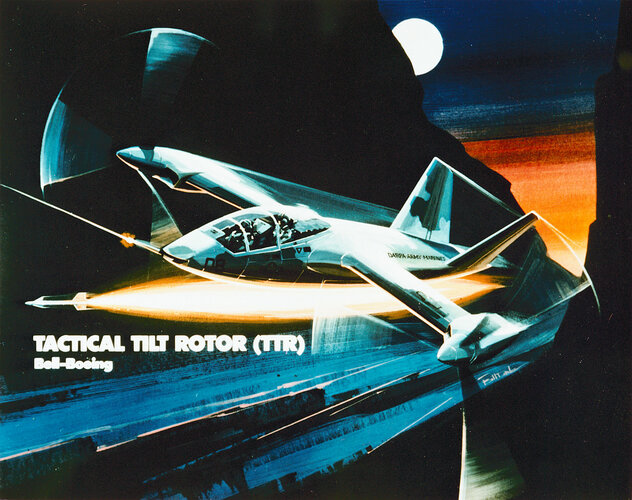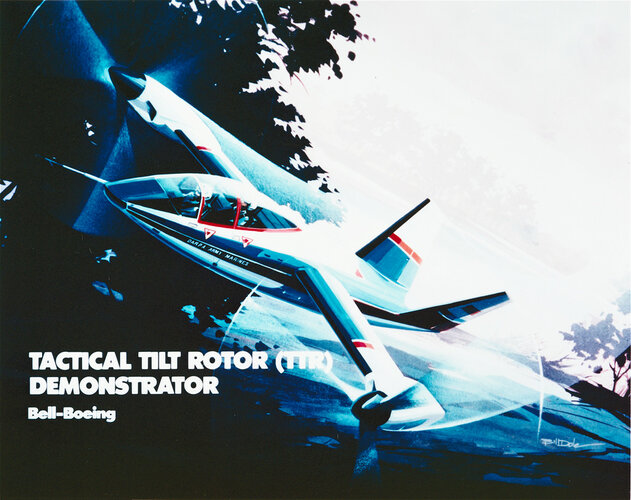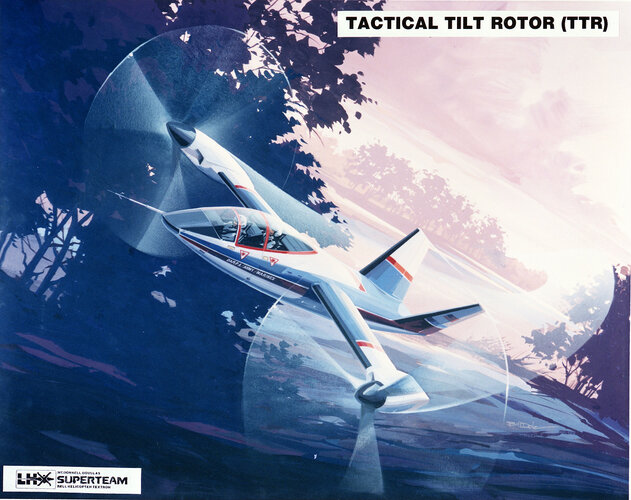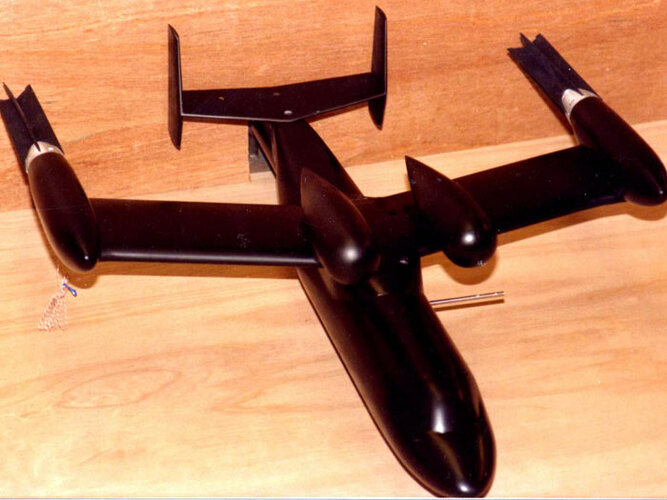As attractive and capable as the XV-15 was (and I have first-hand experience flying it), it was only going to transition from demonstration to production because there was 1) enough confidence in the concept and 2) a pressing replacement requirement. The XV-15 fulfilled the first (supporters who flew it became zealots; skeptics who flew it became supporters); however, the only near-term replacement opportunity with any prospect of being funded was the USMC’s CH-46, a medium helicopter, not any of the potential applications in the XV-15’s size class. The Bell Helicopter marketing team (over the strident objections of Bell engineering) therefor proposed a tilt rotor for the Navy’s VSTOL A program, which had been created to take advantage of the lift-fan concept and included the CH-46 replacement as part of its raison d’etre, along with the E-2, S-3, and C-2. After the Navy VSTOL Program Office realized the lift fan wasn’t ready for prime time and was unwilling to consider a tilt rotor for the fixed-wing replacement requirements, Charlie Crawford of the Army’s Aviation System Command created a program (JVX) combining Army, Air Force, and USMC rotary-wing requirements to replace medium helicopters and some fixed-wing Army reconnaissance airplanes. Meanwhile, the Marine Corps had become enamored with the tiltrotor’s speed and range compared to a helicopter as a CH-46 replacement, in part as a result of some of their aviators flying the XV-15; as a result, JVX fell by the wayside and the Navy created the V-22 program to replace the CH-46 and to my great surprise recently, the C-2.


